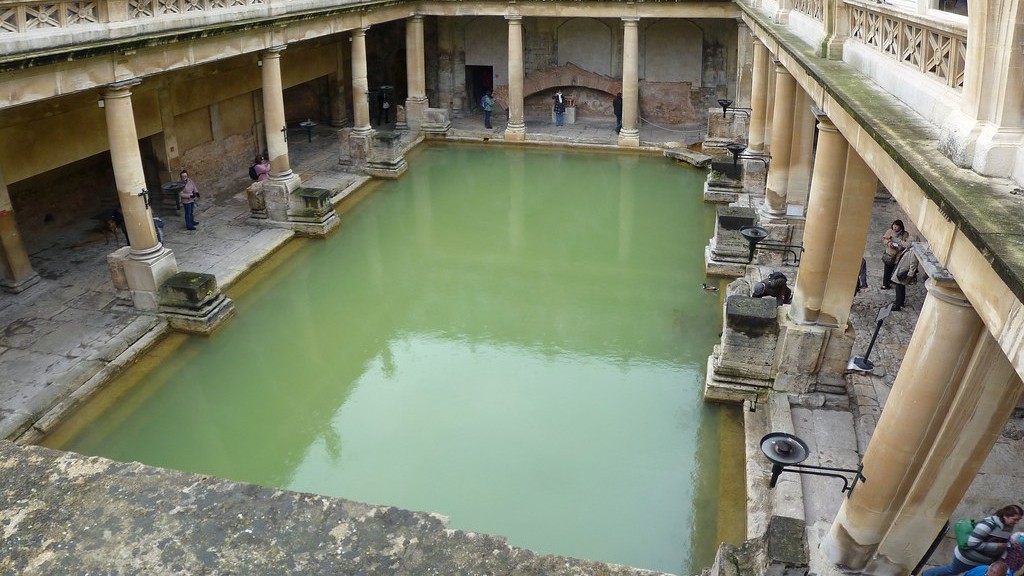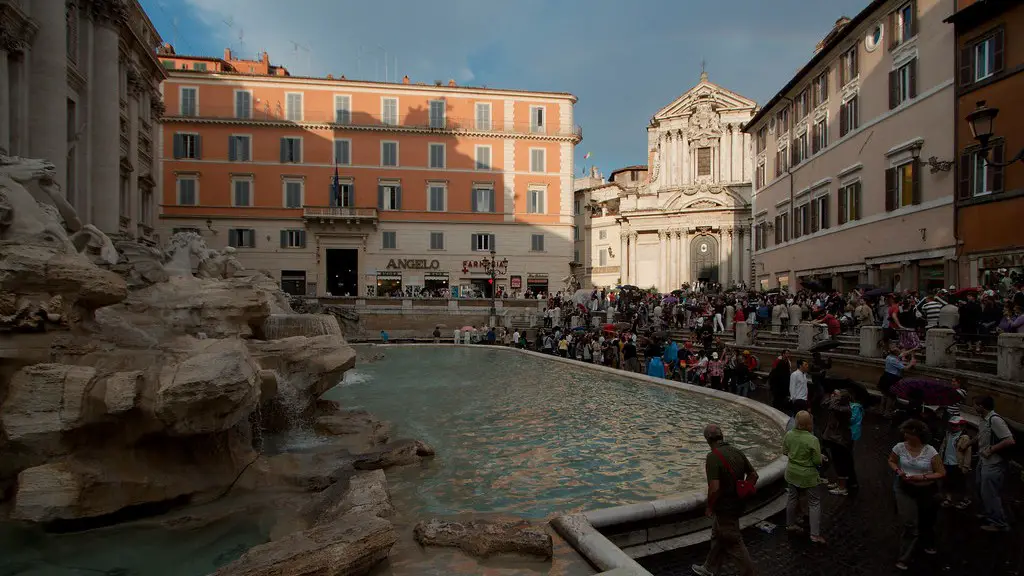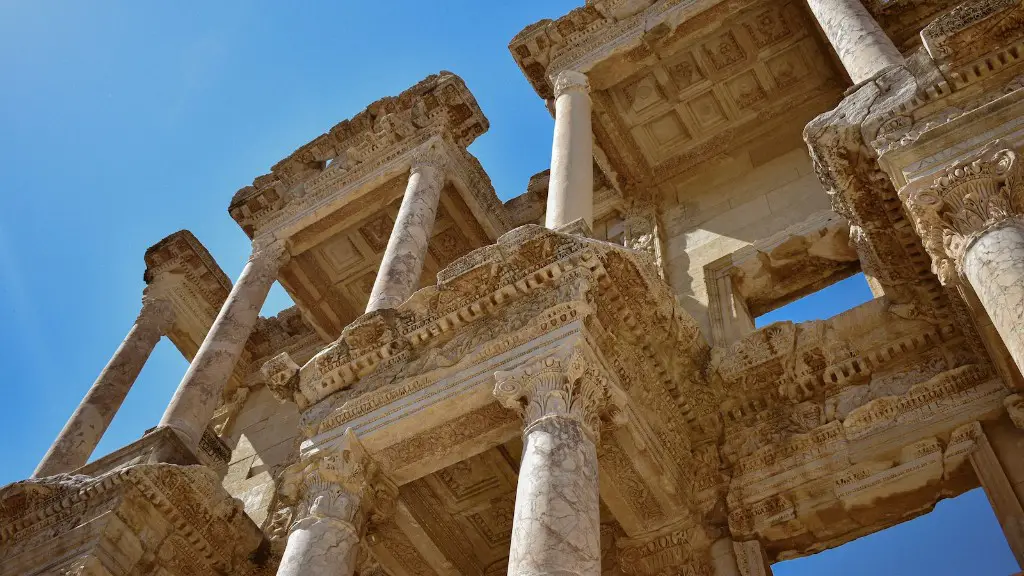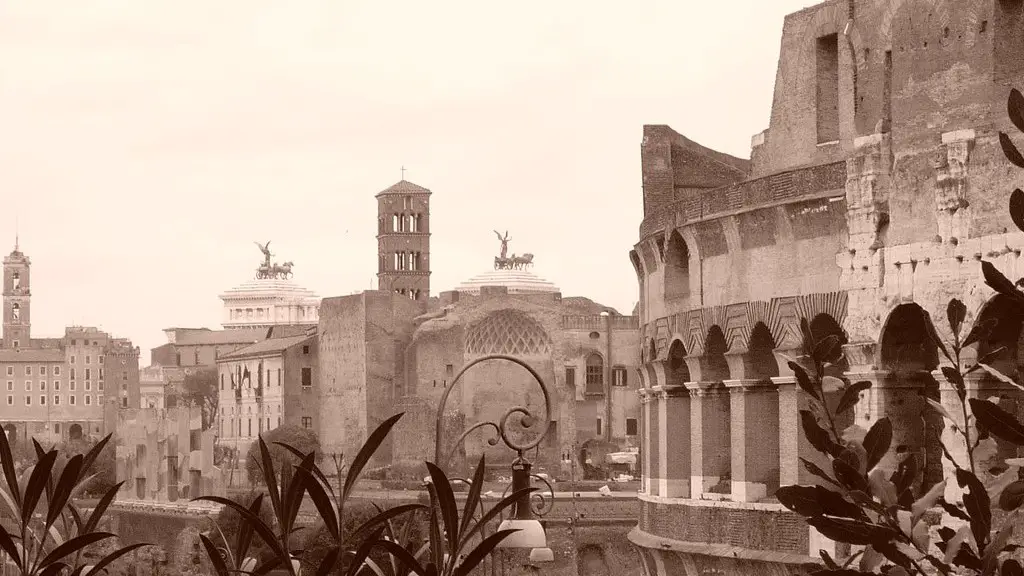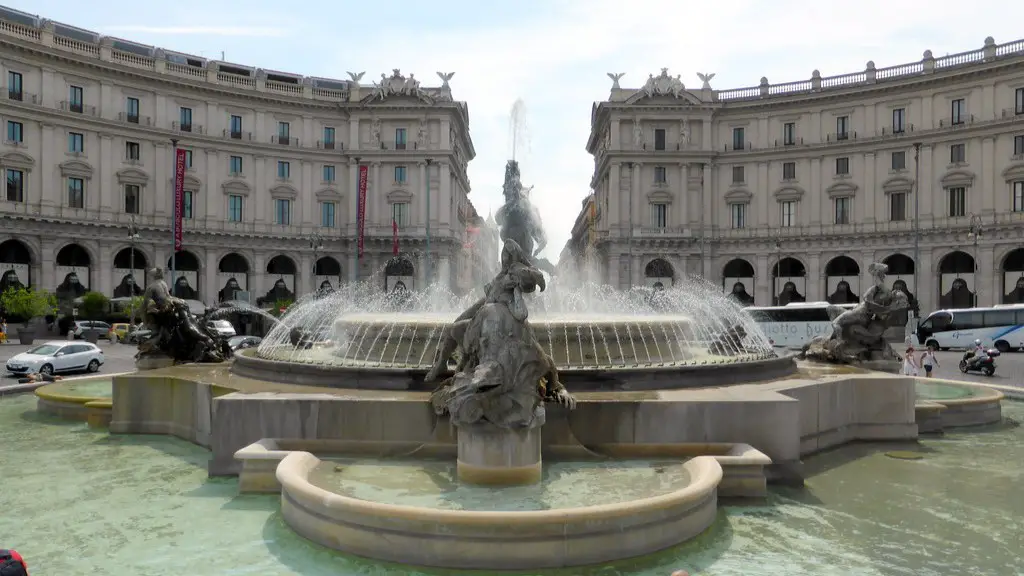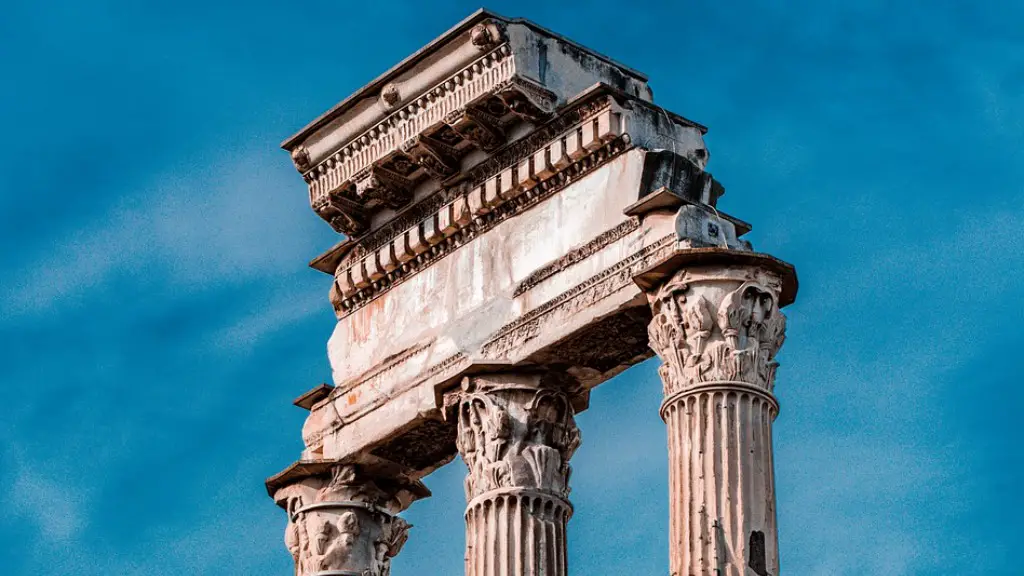The ancient city of Rome was one of the most influential civilizations that ever existed. Not only did it have a great impact in the political, artistic, and cultural areas of life, but it was also one of the most impressive cities of its time. Ancient Rome was founded over 2,700 years ago and rose to become one of the greatest cities the world has ever seen. The ancient city of Rome was known as ‘Roma’ at the time it was founded in 753 BC by Romulus and Remus.
Roma was the centre of the ancient Roman Republic, which had its own system of government and laws. The Roman Republic was a major democratic institution, with a Senate representing the people of Rome and deciding policy. Over time, the Roman Republic developed into an empire, with the first emperor, Augustus, ascending to power in 27 BC. By 476 AD, the Roman Empire had fallen, but the legacy of the Roman Republic and its laws remained.
Roma was the largest city in the Roman Empire, covering an area of over 721 square kilometres. At its peak, it had a population of about 1 million people. This made it one of the most populated cities in the world at the time. Roma was also the centre of culture and learning, with the Forum Romanum, the Colosseum, the Pantheon, and other famous landmarks located in the city.
Roma was an impressive city in the field of architecture and engineering. The aqueducts that supplied water to the city were some of the most impressive engineering feats of their time. The Colosseum and the Pantheon were some of the most impressive structures, with the Colosseum being one of the largest amphitheatres in the ancient world. Roma also had an extensive network of roads and an infrastructure that enabled trade throughout the Roman Empire.
Roma was also a centre of art and literature, with many famous works of art and literature, such as Virgil’s Aeneid, being created there. The city was also home to philosophers, poets, and writers, such as Cicero, who wrote about the government and politics of Rome. Roma was also known for its public games and entertainment, such as the gladiator battles held in the Colosseum.
Ancient Rome was known for its laws and justice system, which provided a set of guidelines for the people of Rome. The Twelve Tables of Roman Law, which were created in 450 BC, were some of the first laws in the world and were very influential in setting the standard for justice and law in many civilizations that followed. Roma also had systems of courts, which provided a way for disputes to be resolved.
Roma was also a centre for religion and spirituality. The official religion of the Roman Empire was polytheism, with the worship of the gods Jupiter, Juno, and Minerva being the predominant religion. Along with this, early Christian beliefs, such as those of St. Paul, began to grow in popularity in the early centuries of the Roman Empire.
Economy
The ancient city of Rome was a bustling centre of economic activity. Trade, commerce, and banking were all an integral part of life in Rome. The city had a developed currency system and a method of taxation that provided a steady source of income for the government. Rome was also a major producer of wine, grains, and other agricultural products, which were traded throughout the Mediterranean region.
The Roman economy was largely based on the production and sale of luxury goods. This included items such as jewelry, fine art, and pottery. However, the city was also a major importer of goods to the Roman Empire, such as olive oil, spices, and fabrics. This allowed the city to become an economic powerhouse in the ancient world.
The city also played an important role in developing the infrastructure of the Roman Empire. Roman roads and aqueducts allowed for easier travel and trade throughout the empire, while engineering feats such as the construction of the Colosseum showcased the engineering capabilities of the Roman people.
Roma also had an extensive network of trade routes, which allowed for the exchange of goods and ideas between the different regions of the Roman Empire. This contributed to the scientific and technological advancements that occurred during this time period.
Lifestyle
The lifestyle of the people in ancient Rome was greatly influenced by the political, economic, and social structures of the city. Rome was a hierarchical society, with the emperor and other powerful individuals at the top and the plebeians at the bottom. This system was enforced by the Roman government and the law.
The wealthy and upper classes in Rome enjoyed luxurious lifestyles. They owned large homes, held lavish banquets, and wore expensive clothing. They also had access to the best education, with access to private schools and tutors. The working and lower classes enjoyed a simpler life, with poorer housing and limited education.
People in Rome also had access to entertainment and recreation. The Colosseum hosted spectacle events and theatrical performances for the public. People would also gather in public squares and parks for festivals, sporting events, and other activities. People also gathered in public bathhouses and for private parties at their homes.
Roma also had its own religions and spiritual practices. Polytheism was the official religion of the Roman Empire, with many gods and goddesses represented. Other religious beliefs and practices, such as Mithraism, also played an important role in the lives of some Romans.
Roma was also an important hub for intellectual thought and scholarship. Many famous figures in history, such as Cicero and Virgil, were born in Rome. People from all over the world traveled to Rome in order to study its literature, art, and philosophy. This allowed the city to become a major cultural and intellectual hub.
Legacy
The legacy of ancient Rome has had a lasting impact on the world. The vast contributions of the Roman culture to art, architecture, engineering, law, religion, and government have been felt for centuries. The Latin language, which was developed in Rome, is used in many languages spoken today, and the Roman alphabet is also used in most languages.
The Roman Empire also left its mark on many countries in Europe, particularly through its legal and political structures. The Roman system of law, often referred to as the ‘rule of law,’ was adopted by many countries and is still used today. The concept of democracy, which was originally established in Rome, is also still used in many countries around the world.
The city of Rome is also still a major cultural centre, with many of the ancient monuments and structures that made it so impressive still standing today. People still flock to the city to experience its rich history and culture, as well as its art and architecture. Roma is also still an important centre of learning, with many university institutions located in the city.
Conclusion
Ancient Rome was an incredibly influential civilization that left an indelible mark on the world. The city of Roma was a major center of art, architecture, engineering, government, religion, and economics. The legacy of Rome has been felt for centuries and is still visible in many countries today. Roma continues to be an impressive city, with its many monuments and historic sites drawing in visitors from all over the world.
